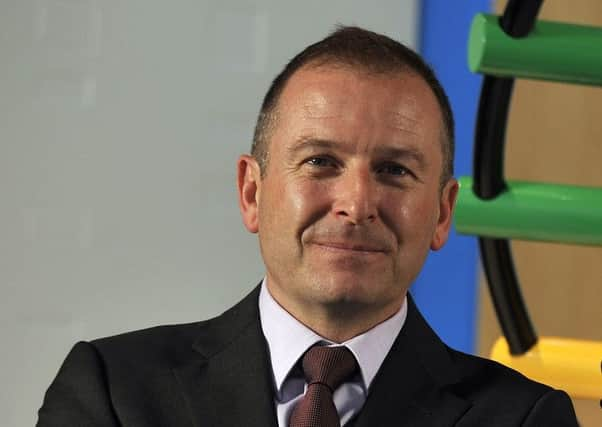Stephen Breslin: Keeping the lights on


For the first time a new tool to balance the energy system, demand side balancing reserve (DSBR), was used to help manage the peak demand time between 5pm and 6pm, when families start to get home and cook dinner, but offices and factories are still open. This involved a small number of contracted large businesses being asked, under a commercial arrangement, to cut their electricity use, for example by switching to back-up generators or turning off their air-conditioning for an hour.
The power shortage was caused by a number of factors including unexpected maintenance issues at aging coal-power stations, which lead to temporary shutdowns at several power plants; low wind speeds, meaning wind farms were only able to produce one per cent of the UK’s required electricity; and no solar input, because the requirement happened when it was dark.
Advertisement
Hide AdAdvertisement
Hide AdNational Grid is clear that these measures are one of its many tools used to maintain a significant buffer of reserve power and that we were never moments from being plunged into darkness. Nevertheless, the need for these measures should focus our thoughts on addressing our future energy requirements and giving this issue the attention it deserves.
Although this is the first time that this has occurred in the last three years, it must act as a wake-up call to the public to help them understand the importance of planning ahead to ensure that we are able to meet the issue of our growing future power needs, in a reliable way and at an acceptable economic and environmental cost.
In order to find solutions to meeting our future power needs, there has to be a greater understanding of the issues of energy generation. This requires a new wave of young people to be inspired to consider their role in ensuring future generations have sustainable power sources. If nothing is done, matching supply and demand will only become more challenging as old coal power stations close and gas generators are mothballed.
National Grid’s commitment to tackling the public’s understanding of energy use has seen them join others in the energy industry and partner with policymakers and academia to create the Powering the Future exhibition. Based at Glasgow Science Centre this is the most ambitious exhibition ever mounted in the UK tackling the topic of energy use.
With the aim of giving the public unbiased information, the project, which has the support of a number of UK government departments as well as the Scottish Government, hopes to increase the number of young people entering science, technology, engineering and mathematics (Stem) based studies and careers, as a new approach to the impending energy crisis must be found. Without public engagement on this issue the UK could be facing a dark future.
Glasgow Science Centre’s £1.5 million Powering the Future exhibition opens on 10 December and is supported by the Scottish Government, oil and gas industry skills organisation Opito, Scottish Enterprise, SSE, The Engineering & Physical Sciences Research Council, EDF Energy, Skills Development Scotland, Scottish Power Energy Networks and Doosan Babcock.
• Dr Stephen Breslin is chief executive of Glasgow Science Centre